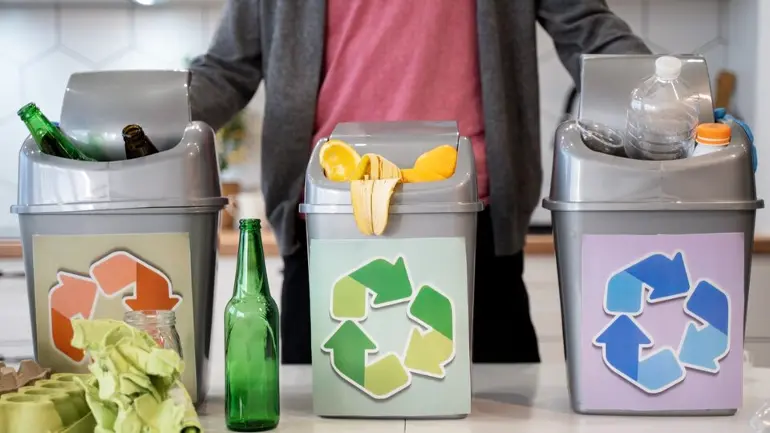DISMANTLING MYTHS AGAINST RECYCLING
These are some of the most widespread lies about the practice of recycling

In the same way that there are those who still continue to spread myths that deny the influence of human beings on climate change, there are also those who propagate that recycling the waste generated is of no use and can sometimes even be counterproductive.
Like many other false myths, it is easy to dismantle them with facts in such a way that it is impossible to find justification for not recycling. Recycling has countless environmental, social and economic benefits. Therefore, related to responsible production and consumption, the United Nations contemplates a 2030 objective to “considerably reduce waste generation through prevention, reduction, recycling and reuse activities.” In this sense, regulations on recycling in local administrations have increased, sometimes resulting in sanctions for those who do not practice it or do not do it correctly.
Below we dismantle some of the most widespread false myths.
- All garbage is mixed in the same truck
In general, there are several types of trucks that do their collection independently. In cases where a single truck empties all the recycling containers inside, you should know that these are more modern vehicles with separation of compartments inside, so each type of waste is isolated from the others. In this way, all waste separated in homes is collected and sorted by trucks for subsequent treatment.
- At the recycling plant everything comes together
It is impossible for the different types of waste to be mixed after collection, basically because these facilities are usually separated and only the waste in question to be treated reaches each of them. Although it is impossible for some of the waste not to arrive with impurities from other types of garbage, these are separated manually and automatically for correct processing.
- For that there is already a cleaning service and a garbage fee
They are different issues. The cost of recycling each type of waste is normally not financed by the garbage rate that the administration establishes or is assumed by the urban cleaning service. Both tasks are responsible for collecting organic waste on the one hand and keeping public areas in good condition. Furthermore, the responsibility of citizens towards the environment makes it a de facto obligation to recycle to take care of our environment. It is the companies that sell packaged products that financially support recycling, for which they need the collaboration of companies, public organizations and citizens.
- Recycling pollutes more than manufacturing a new product
The damage to the environment is much greater if a material has to be produced completely from scratch than if a recycling system is established, since recycling saves water, energy and raw materials. For example, making a can from recycled metal reduces 95% energy; and in the case of paper it represents a saving of 62% of energy and 86% of water. Compared to the linear consumption model, which generates a continuous expenditure of resources, there is the circular economy, which through reuse and recycling represents savings in production processes and the reduction of energy consumption and raw materials.
- The quality of a recycled product is worse
It is also common to hear that a product made from recycled materials has worse quality than a product made from new materials. It is a false belief, since glass, aluminum and plastics can be recycled and reused unlimitedly without losing their properties. In the case of paper and cardboard, a pulp is generated that is used to create new products such as shoe boxes, books or newspapers with good material quality.
- Recycling causes job losses
It's just the opposite. In countries where recycling has been institutionalized as a widespread custom, the need to create recycling plants in some cases has multiplied the employment rate in the sector by up to ten.

 IHRO NEWS
IHRO NEWS